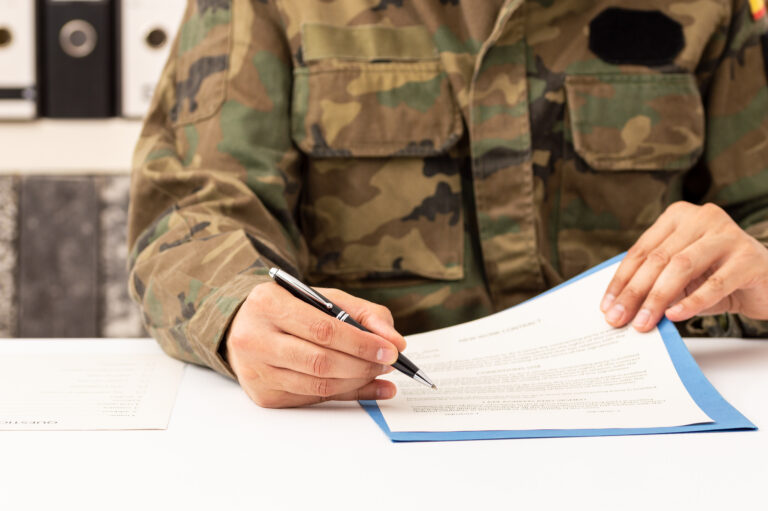DoD CAC for Civilian Contractors
Understanding DoD CAC for Civilian Contractors
Department of Defense (DoD) Common Access Cards (CAC) are identification cards that provide secure access to military computers and facilities. Civilian contractors working with the DoD often require these cards to perform their duties. This article explains how civilian contractors can obtain and use a CAC, as well as the security measures involved.
What is a CAC?
The Common Access Card is a smart card with embedded personal information. It facilitates secure access to DoD networks and systems. It contains a microchip, barcode, and magnetic strip. These features ensure that only authorized personnel have access to sensitive information and locations.
Who Needs a CAC?
Not just military personnel, but also DoD civilian employees and contractors need a CAC. This includes individuals working on DoD contracts who require access to DoD IT systems, networks, and facilities. Eligibility is determined based on their roles and responsibilities within the DoD.
Steps to Obtain a CAC
The process for obtaining a CAC involves several steps. It’s important for contractors to follow these carefully:
- Confirm Eligibility: Ensure you’re eligible based on your role and requirement to access DoD resources.
- Sponsor Approval: An approved sponsor, typically someone within the DoD, must authorize that you need a CAC.
- Complete Training: Complete any necessary training modules related to information security and CAC usage.
- Appointment Scheduling: Schedule an appointment at an ID Card Office. Offices can be located via the RAPIDS Appointment Scheduler.
- Bring Required Documentation: Bring necessary documents such as photo ID, proof of citizenship, and employment authorization.
- Issuance: Your biometric data (fingerprints and photo) will be collected, and your CAC will be issued.
Required Documentation
When attending your appointment, ensure you have the following documents:
- A valid government-issued photo ID
- Proof of U.S. Citizenship (passport, birth certificate, etc.)
- Employment authorization documentation
- Sponsor’s approval documentation
Using a CAC
Once you have your CAC, you’ll need to use it properly. This involves:
- Inserting the card into card readers to access secure networks and facilities
- Entering a personal identification number (PIN) for verification
- Participating in authorized activities and adhering to security protocols
Keeping Your CAC Secure
It’s crucial to keep your CAC secure to prevent unauthorized access. Here are some guidelines:
- Do not share your PIN with anyone
- Avoid leaving your CAC unattended or in unsecured areas
- Report a lost or stolen CAC immediately to your sponsor and security office
- Do not attempt to alter or modify your CAC in any way
Replacing a Lost or Expired CAC
If your CAC is lost, stolen, or expired, follow these steps to replace it:
- Report to Security: Notify your sponsor and the nearest security office about the lost or stolen card.
- File a Report: Complete an official report detailing the loss or theft.
- Reissue Process: Apply for a new CAC by scheduling an appointment at an ID Card Office.
- Documents Required: Bring necessary documents, similar to the original issuance, to get a new card.
Benefits of Using a CAC
Using a CAC offers several benefits:
- Enhanced Security: Reduces the risk of unauthorized access to sensitive DoD information.
- Convenient Access: Simplifies access to secure networks and facilities.
- Multi-Use: Functions as an ID card, access card, and contains your official email certificate for secure communication.
Technology Behind the CAC
The CAC is more than just a card. Here’s a look at what makes it technically robust:
- Microchip: Stores personal data, public key infrastructure (PKI) certificates, and allows for secure login.
- Magnetic Strip and Barcode: Used for swipe access in certain systems and facilities.
- Photographic Identification: Provides a visible means of identification and security.
Compliance and Legal Requirements
Compliance with legal and regulatory requirements is essential:
- Federal Specifications: CACs must comply with Federal Information Processing Standards (FIPS).
- Agency Policies: Follow DoD-specific policies on information security and access control.
- Regular Audits: CAC maintenance and usage are subject to regular audits and reviews.
Common Challenges and Solutions
Challenges may arise regarding the use or issuance of CACs. Here’s how to address common issues:
- Technical Glitches: Contact IT support for issues with card readers or login difficulties.
- Lost Cards: Immediately report and follow reissuance protocol to get a new CAC.
- Security Breaches: Follow incident reporting procedures and cooperate with security investigations.
Future of CACs
The DoD is continually updating the technology and policies surrounding CACs:
- Advanced Biometrics: Incorporation of more advanced biometric features for enhanced security.
- Improved Encryption: Regular updates to encryption standards to protect sensitive information.
- Integration with New Systems: Ensuring compatibility with evolving federal and DoD IT systems.
Additional Resources
For more information or assistance:
- Official CAC Website – Comprehensive CAC resource from the DoD
- RAPIDS Appointment Scheduler – Find and schedule appointments at an ID Card Office.
- NIST Computer Security Resource Center – Guidance on federal information processing standards.






